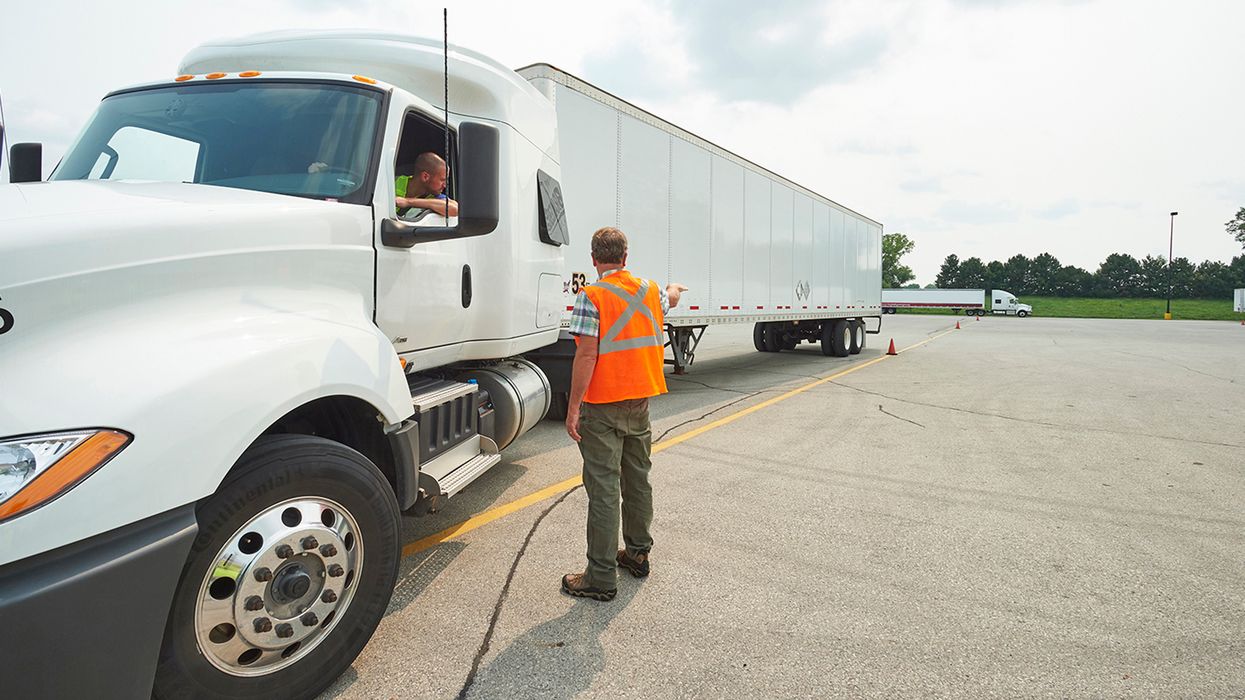The waiting game: Are your drivers on duty or off?
Federal regulators recently denied a construction company’s request to classify drivers’ waiting time as “off duty.” This decision raises an important question: Is waiting time always on duty?
In this case, the company does highway construction and wanted its drivers to be able to claim the same exception allowed for certain drivers in the oilfield industry: the ability to go off duty and pause the 14-hour on-duty clock while waiting to deliver a load.
The Federal Motor Carrier Safety Administration (FMCSA) denied the request, saying it would put the drivers at risk of fatigued driving.
Nevertheless, the FMCSA does allow bus and truck drivers to go off duty when they’re waiting — if certain conditions are met. Not all waiting time is treated the same, making it easy to confuse off-duty time from on duty.
‘Waiting’ has many meanings
In fact, according to the agency and its hours-of-service rules, “waiting time” can fall into any of the four major duty statuses (off duty, on duty, driving, or sleeper berth) depending on the situation. For example:
- Waiting in stopped traffic or in line at a fuel island is usually considered “driving” time.
- Waiting outside the vehicle to deliver or receive shipment paperwork is “on duty.”
- Waiting while resting in a sleeper berth can be recorded as “sleeper berth” time.
When is it off duty?
For waiting time to be off duty, two conditions must be met:
- The driver must be relieved of all duty and responsibility for the care and custody of the vehicle, its accessories, and any cargo or passengers it may be carrying; and
- During the stop, the driver must be free to pursue activities of their own choosing.
If both conditions are true, the time spent waiting can be recorded as off duty even if the driver chooses to stay in the vehicle. The key is that the driver is free to walk away from the vehicle and do whatever he or she desires for a period of time, without care for the vehicle or cargo. If the driver is required to stay with the vehicle or perform any work while waiting, the driver is on duty.
It doesn’t stop the clock
Even when waiting time can be logged off duty, it will not pause the 14-hour clock in most cases, since the 14-hour limit is based on consecutive time. (The only exception is when a driver remains off duty for at least two consecutive hours and uses the “split sleeper” option, combining the break with another eight hours in a sleeper berth.)
So why bother logging off? The advantage appears at the end of the week as the driver approaches the 60- or 70-hour limit. That limit is based only on driving and on-duty time, not off-duty time, so a driver who spends time off duty for breaks, meals, etc., does not have to count that time as part of the weekly limit.
Make it clear
To help ensure your drivers know when they can and cannot go off duty while waiting, lay out the circumstances in your written policies and raise the topic during driver training sessions. Discuss common scenarios your drivers face and clarify when and whether they can go off duty while waiting.
Key to remember: Time spent “waiting” can be logged off duty if two conditions are met, and such time can be advantageous when it comes to the 60/70-hour limit. Make sure your drivers know how to log their waiting time.


















































